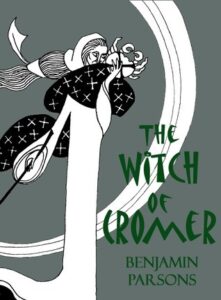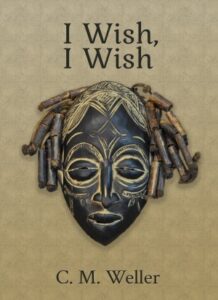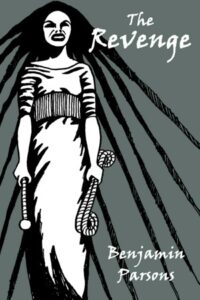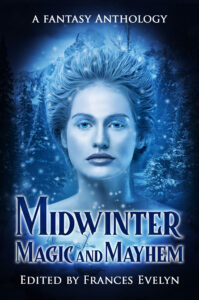 Title: The Witch of Cromer
Title: The Witch of Cromer
Author: Benjamin Parsons
Publisher: Self-Published
Publication Date: December 2, 2011
Genres: Fantasy
Length: 34 pages
Source: I received a free copy from the author.
Rating: 4 Stars
Blurb:
Besotted Steven is so desperate to make Bridget love him that he decides to try supernatural means to win her heart. But is he ready to face the consequences of dabbling in witchcraft? And dare he try to outwit the famous and fatal Witch of Cromer? Part of the collection The Green Lady and Other Stories.
Content Warning: Murder
Review:
Love is a gift…right?
While this wasn’t specifically set during Valentine’s Day, the themes reminded me of the pressure society puts on people to couple up. Steven believed his life wouldn’t be complete unless he could share it with Bridget, and he was determined to convince her to feel the same way. Unrequited love is a painful but normal chapter in life for many of us, so I enjoyed the author’s take on what could happen when this feeling slammed up against the societal expectation that everyone ought to find their special someone.
There was a small but purposeful mistake Steven made early on that I wished had been revisited in greater detail. Would his fate had been different if he had made a different choice instead, or would he have ended up in the same place in life either way? I’m the sort of reader who looks forward to pondering about these sorts of loose ends, but in this particular case I think the storyline would have been even stronger if the author had spent even a few sentences on in the final scene to give the audience some hint as to what he thought might have happened if that earlier moment in Steven’s life had turned out differently.
The twist at the end was something I wondered about in advance, but it wasn’t the sort of thing that has to be a surprise in order to be satisfying. I liked the way it answered some of the most important questions this reader had while also leaving room for interpretation for most of the other stuff that wasn’t wrapped up succinctly. If this review inspires any of you to check out this tale for yourselves, I’d be excited to hear your takes on it as well as your theories about what might have happened next. There are so many details I had to leave out here in order to avoid spoilers, but this was a thought-provoking spin on love and romance for sure.
The Witch of Cromer was a wild ride.

 Title: I Wish, I Wish
Title: I Wish, I Wish Title: The Revenge
Title: The Revenge Title: The Reverse
Title: The Reverse Title: The Christmas Mourner
Title: The Christmas Mourner Title:
Title:  Title: Christmas Inc.
Title: Christmas Inc. Title: The World Will Not Miss…
Title: The World Will Not Miss… Title: The Paean Project
Title: The Paean Project
A Review of A Divine Tale
Author: Jonathan Antony Strickland
Publisher: Self-Published
Publication Date: September 8, 2012
Genres: Fantasy, Humour
Length: 13 pages
Source: I received a free copy from the author.
Rating: 3 Stars
Blurb:
This is a story about Seglaman the Snow God, and how other God’s use his sorry tale as a reminder to younger less experienced God’s as a warning to never become too comfortable when ruling over mortals who worship them.
Review:
Kindness matters.
While religion was discussed in this tale, this was not at all what I’d consider the inspirational genre. For one thing, the protagonist was a Snow God who, to be frank, was not the nicest deity around. Mr. Strickland also wasn’t shy about pointing out some of the dangers of blindly following any sort of belief whether it’s religious, political, ideological, or otherwise. My hope is that other readers will be intrigued by this approach to what can be a sensitive topic for some and willing to listen with an open mind regardless of your personal beliefs.
This came across to me as more of the first draft of a story than the finished product. There wasn’t much time spent on character or plot development, and that made it more difficult for me to remain interested in what was happening than I hoped I would be. A lot was going on here with Seglaman’s relationship with the mortals he ruled over that I wished had been explained in greater detail. As much as I wanted to give this tale a higher rating, I had too many lingering questions to do so.
With that being said, the ending made me smile. It veered off into the direction I was hoping it would head, so I was able to see Seglaman’s reaction to something he never saw coming in advance. My apologies for keeping this vague, but other readers should be pleasantly surprised by those moments like I was. It went a long way in tying up loose ends for a Snow God and the mortals he ruled over alike.
A Divine Tale was thought provoking.
2 Comments
Filed under Science Fiction and Fantasy
Tagged as 2010s, Book Reviews, Fantasy, Humour, Jonathan Antony Strickland, Self-Published, Short Story, Social Commentary